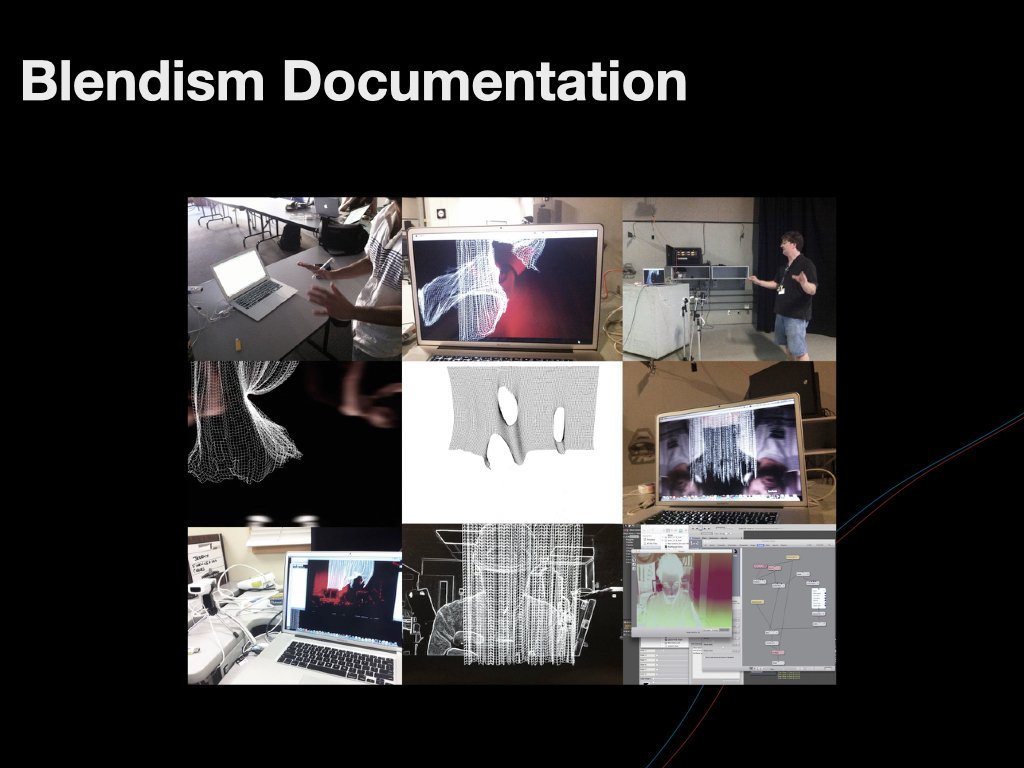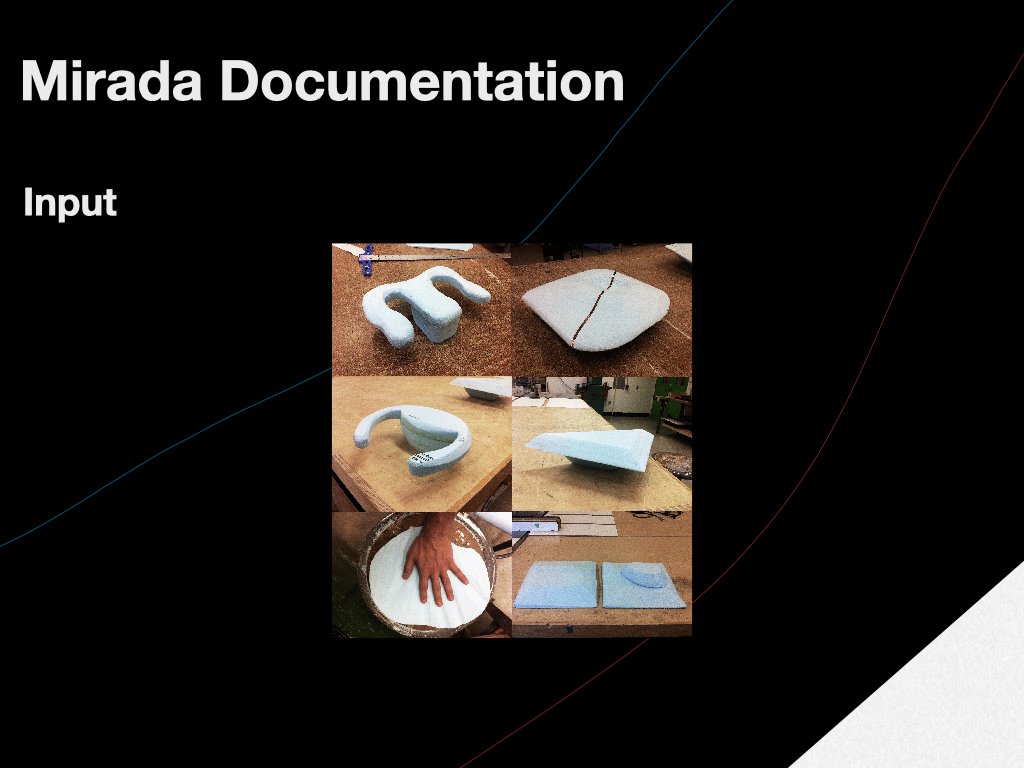
Playformance
Playformance explores the intersection of interactive technology and live performance art, focusing on how spontaneous gestures can be virtually amplified to enhance creative expression. This research, originally developed as part of my 2014 Master of Design thesis at OCAD University, investigates the potential of technology to serve as an extension of the performer’s body, translating movements into real-time audiovisual outputs. Over the past 15 years, this foundational work has evolved into a broader artistic practice, leading to numerous projects that examine the role of interactivity in performance, supported by hundreds of thousands of dollars in funding and showcased globally.
Core Concepts
1. Technology as an Extension of the Performer
Inspired by performances like Claudio Prati and Ariella Vidach’s interactive dance at Digifest 2012, Playformance positions technology as a tool to amplify the artist’s visceral experience.
The goal is not to replace traditional performance but to create a symbiotic relationship where technology enhances the performer’s natural movements, fostering new forms of expression.
2. Compliance Design
The relationship between a performer’s movements (input) and the resulting media (output) is carefully designed to ensure meaningful interaction.
Examples include mapping a DJ’s hand gestures to sound filters (Havabazi Tuno) or a poet’s motions to animated text (Jadoo Bânoo).
3. Ludic Performativity
Emphasizing improvisation and play, Playformance encourages performers to explore technology without rigid choreography, creating unique, unrepeatable moments.
This approach mirrors Donald Schon’s idea of a “conversation with the material,” where spontaneity leads to discovery.
4. Networked-Performances
Real-time feedback loops between performer, technology, and audience redefine live art. Projects like Dissolving Self (a Sufi whirling dance with projected cosmic visuals) and Mirada (an interactive installation with haptic instruments) exemplify this dynamic.



Key Projects
1. Dissolving Self (2013)
A collaboration with dancer Denise Mireau, using gyroscopes and motion capture to translate Sufi whirling into a morphing graphical sphere. The piece explored themes of spirituality and embodiment through four narrative segments.
2. Blendism (2013)
An experimental studio performance combining live dance, vocals, and gesture-controlled visuals. Despite technical challenges, it highlighted the importance of seamless integration between artist and technology.
3. Havabazi Tuno (2013–ongoing)
A DJ performance where hand gestures, tracked via Leap Motion, manipulate sound filters and visuals. The project underscores the need for intuitive compliance design to enhance performativity.
4. Jadoo Bânoo (2013)
Poet Bânoo Zan’s tribute to Nelson Mandela, with hand gestures animating projected text in real-time. The work demonstrated how technology can abstractly amplify political poetry.
5. Mirada (2014)
An interactive installation featuring wooden instruments embedded with sensors to control a 3D flame projection and soundscape. Designed for gallery settings, it invited audience participation as “co-performers.”
Historical Context
Playformance builds on a rich lineage of performance and technology, from Futurist experiments (1910s) to cybernetic art (1960s) and digital performance pioneers like Laurie Anderson. Key influences include:
Futurism: Embraced mechanical costumes and dynamic lighting to disrupt traditional theatre.
The Augmentative Screen (1930s): Used projections to represent characters’ inner worlds.
Cybernetics (1960s): Fostered collaborations between artists and engineers, emphasizing human-machine feedback.
Digital Performance (1980s–present): Leveraged accessible tools (e.g., MaxMSP, Arduino) to democratize interactive art.
Impact and Legacy
What began as academic research has flourished into a sustained artistic practice:
Global Reach: Projects have toured internationally, engaging diverse audiences.
Funding & Collaboration: Supported by grants and partnerships with technologists, dancers, poets, and musicians.
Ongoing Exploration: Continues to investigate haptic interfaces, wearable tech, and AI in performance.
Conclusion
Playformance reimagines performance art as a dialogue between body and technology, where spontaneity and interactivity create transformative experiences. By centering the performer’s agency and designing intuitive systems, this work bridges art, design, and engineering—inviting audiences to witness the “virtual amplification” of human expression.
Explore the full thesis here or learn about current projects here.
© Maziar Ghaderi | Contact | Portfolio

















